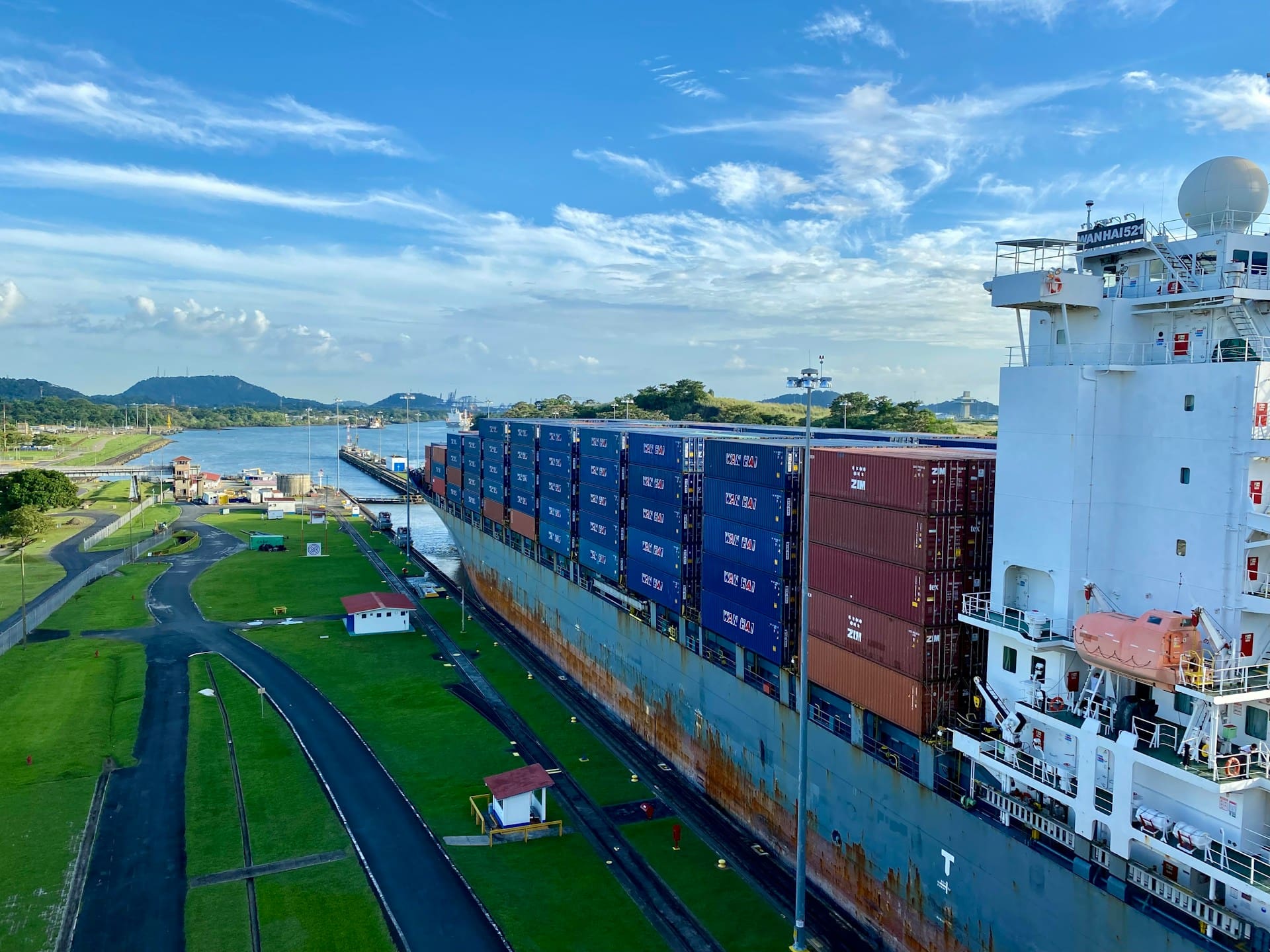
The High Cost of Tariffs: Inside the D2C Struggle

This is a guest post from the ECU Worldwide team. ECU Worldwide knows the challenges D2C brands face and are committed to helping businesses regain control of their logistics, from competitive freight rates to customs compliance, so they can focus on growth and resilience in these uncertain times.
Imagine running a thriving business, only to watch your profits slip away almost overnight. That’s the challenge confronting many direct-to-consumer (D2C) brands caught in the crosshairs of the ongoing U.S.-China tariff dispute.
The trade relationship between the U.S. and China has always been turbulent, marked by decades of cooperation punctuated by political and economic tension. For years, globalization helped D2C brands scale by sourcing cost-effective goods from China and selling them to U.S. consumers. But the new tariffs introduced in 2025 have upended this playbook, forcing brands to rethink their strategies amid rising geopolitical friction.
Although these tariffs were designed with broad economic goals in mind, their real-world consequences hit small and medium-sized businesses hardest. These firms can’t simply absorb the extra costs or pivot to new supply sources overnight.
Tariffs in Focus: What’s Happening?
Let’s unpack it: The U.S. has levied additional tariffs on Chinese imports, spanning industries like electronics, consumer goods, and technology. According to The Daily Beast, major retailers have raised prices by up to 377% to offset these costs.
For D2C brands that rely on tight margins and efficient Chinese manufacturing, this is a serious blow. Many of these businesses depend on sourcing in China and selling directly to American consumers, so these tariffs are fundamentally disruptive.
Before these new tariffs, D2C brands were already grappling with rising customer acquisition costs, platform algorithm changes, and shifting demand patterns post-pandemic. The new trade barriers only intensify these challenges.
How Tariffs Affect D2C Brands
- Higher Costs: From Bluetooth speakers to beauty products, D2C companies face higher import duties on goods from China. For smaller brands, these costs can be devastating to profitability.
- Disrupted Supply Chains: Beyond just paying more, these brands face customs delays, shipment reroutes, and unpredictable costs, making inventory planning a nightmare.
- Shrinking Margins: Unlike large retailers with multiple revenue streams, D2C startups often rely on one main product line. Trying to keep prices competitive while absorbing new costs quickly erodes profits. Raising prices, meanwhile, risks losing loyal customers.
- Competitive Pressure: Big players can tap alternative suppliers in countries like Vietnam or Mexico. Smaller brands often lack the resources or networks to make these pivots, deepening the gap between them and the giants.
Wider Consequences and Opportunities Missed
- Stifled Innovation: The heightened costs and logistical headaches discourage new ventures and experimentation—at a time when fresh ideas are critical for growth.
- Consumer Impact: Higher tariffs often mean pricier goods or even product shortages, shifting the burden to end customers.
- Mismatch Between Policy and Reality: Tariffs aim to protect domestic production, but U.S. manufacturing capacity can’t fully replace Chinese imports. As a result, many businesses compliant with these rules are still struggling under the weight of added costs. Reports from Reuters already show how some small businesses are buckling under this pressure.
What Lies Ahead?
It’s unlikely that the U.S. and China will reach a quick resolution. While a cooling-off period might emerge, true negotiations could take a year or more, given the mismatch in how leaders in both countries approach deal-making.
Practical Paths Forward
- Selective Tariff Relief: Targeted relief for critical product categories can help D2C brands buy time to adapt to these new dynamics.
- Diversify Supply Chains: Moving beyond China is top-of-mind for many businesses, but this requires more than just picking a new country. Companies need to understand local trade rules, build new partnerships, and retool logistics networks—work that demands time, resources, and smart strategy. At ECU Worldwide, we see how moving components to Southeast Asia for final assembly can help reclassify goods and lower duties—though this approach adds complexity and costs.
- Address the $800 Loophole: The long-standing exemption that allowed goods under $800 to enter the U.S. tariff-free was a boon for larger firms able to break up shipments. Smaller D2C brands, lacking the infrastructure to exploit this, faced unfair competition. The loophole was finally closed in May 2025 for shipments from China, forcing a leveler playing field—though challenges remain.
- Broaden Trade Policy: Relying solely on tariffs may not work. Instead, the U.S. should look to bolster domestic manufacturing and support small businesses with easier access to trade credits, streamlined customs, and robust logistics infrastructure. A nuanced policy approach is essential to preserve both competitiveness and innovation.
A Note on Evolving Trade Dynamics
Though tariffs between the U.S. and China have temporarily eased—recently dropping to 30% for some goods—the environment is still volatile. Small D2C brands, in particular, can’t afford to take a wait-and-see approach. Many still let suppliers control shipping costs, delivery schedules, and last-mile fulfillment, which is risky in today’s unpredictable climate.
Now more than ever, D2C brands must take the wheel on logistics. Relying on suppliers for shipping may have worked in the past, but in today’s world, it means handing off control—and potentially profits—to someone else.
Final Thoughts
Sound trade policy is vital for national security and economic stability, but broad-stroke tariffs often miss the mark. D2C brands have shown how vibrant entrepreneurship can be when barriers are low, and losing these businesses to short-sighted regulations would be a major setback.
Let’s hope for smarter, more precise trade measures—ones that protect American interests without snuffing out the innovative spirit of small and medium-sized brands.
